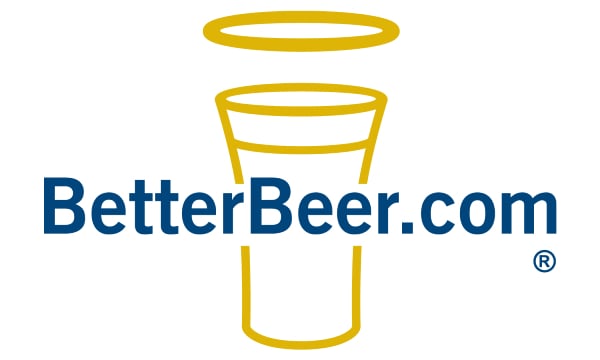Frozen Pint Glasses
Cost You More Than You Think
Guests Love Them. Quality Hates Them.
Pint Glass 101
Pint glasses are just as important as the liquid inside them.
They need to be clean and free from water spots, mineral haze, lip stick, and scuff marks.
They need to be Beer Clean.
They need to be at room temperature or slightly chilled. They should NEVER be frozen.
Why You Should't Use Frozen Beer Glasses
- They are coated with frozen sanitizer.
- The beer freezes upon impact.
- They cause excessive foaming, lowering keg yields.
- Your glass freezer costs you thousands per year in electricity.
- Your line chiller makes your beer cold, not your glassware.
- Water, water, everywhere!

1. They Are Coated With Frozen Sanitizer
Whether you use a round or conveyer glasswasher, they spray detergent and sanitizer into the glass. These low temp, mechanical glasswashers are behind almost every bar and do an excellent job cleaning and sanitizing glassware.
The sanitizer sprayed onto and into the glass in the last step of the procedure sanitizes right away, but leaves a residual film of sanitizer on the glass.
The glass needs to air dry for a few minutes for the sanitizer to evaporate.
If you freeze your glasses, the air drying usually gets neglected - glasses go from the glasswasher straight into the freezer, where the sanitizer feezes to the inside of the glass.
Take a pint glass out of your glass freezer, bury your nose in it, and inhale deeply. It smells "bleachy".
You are serving a cocktail of sanitizer and beer in every pint.
If your guests demand a frozen glass, show them that the slush on the top of their pint is actually frozen sanitizer. Scoop some off, and place it on a side plate. Let it thaw and taste it. It tastes like bleach.
2. The Beer Freezes Upon Impact
Most beer styles freeze around 25F (-4C).
Commercial bar freezers hold glasses at 0F (-18C).
When beer freezes, the CO2 releases right away. Put a beer bottle in your freezer at home, wait an hour and open it.
Don't do that; just trust me that you'll have a slushy mess of flat beer. We've all seen it. Once you let the slush thaw, the beer is completely flat.
Frozen beer is flat beer.
3. Frozen Beer Is Foamy Beer
Pour beer into a frozen glass and watch it foam.
Excessive foaming makes it harder for your bartenders to pour. It takes them two to three times longer to pour a pint (30 seconds instead of 9).
They know they can't serve a pint that is 50% foam, so they end up doing the "throw pour". A classic bartender move where they flick their wrist and "throw" the foam off the pint into the spill tray.
Excessive foaming costs you overpours and lower keg yields.
4. Electricity Is Expensive
The spec sheets on these freezers assume that the lid stays closed and the compressor will cycle on and off as needed.
I've been in many a bar and can tell you that the top loading sliding door is rarely closed as they stick and don't close properly. Ever.
Assuming that you are paying about 25 cents per kWh, you can count on spending about $1,500 per year on electricity. Want to calculate your usage? Click here.

5. Room Temperature Glasses Work
If you have to use frozen glasses because your beer pours warm, then fix your line chiller.
Warm beer pours foamy, so get your line chiller dialed in so your tap temp is 35-38F.
A beer poured into a room-temperature glass goes up by about 2F. So if your tap temp is 37F, your beer will be served at 39F. Still cold.
6. "Throw Me A Towel!"
Frozen glasses sweat. A lot.
They sweat on to the bar. They sweat on the guest's pants when they go to take a sip. Drip drip.
The guest's hands get wet every time they grab their pint glass and the only place to dry them is their clothes.
Sure, you serve the pint on a coaster, but the coaster gets saturated. Ice falls off the glass. Water pools on the bar.
A clean dry bar (and guest) is a happy bar (and guest).
Alternative Solutions
If you absolutely MUST have frozen glasses, then follow these steps:
- Install a glass rinser behind your bar - one for every 10-12 taps. If you have 16 brands on tap, install two glass rinsers.
- Rinse EVERY glass for about two seconds before pouring beer into the glass.
- Keep some room temperature glasses for those guests who know better and request a room temperature glass.
Watch the short video below to understand the importance of glass rinsers, and why you must have them if you are using frozen glasses:
Questions or comments?
I always love chatting about beer and draught systems. Don't hesitate to reach out to me directly:
steve@BetterBeer.com or toll free at (888) 811-2337
Cheers to Better Beers!
